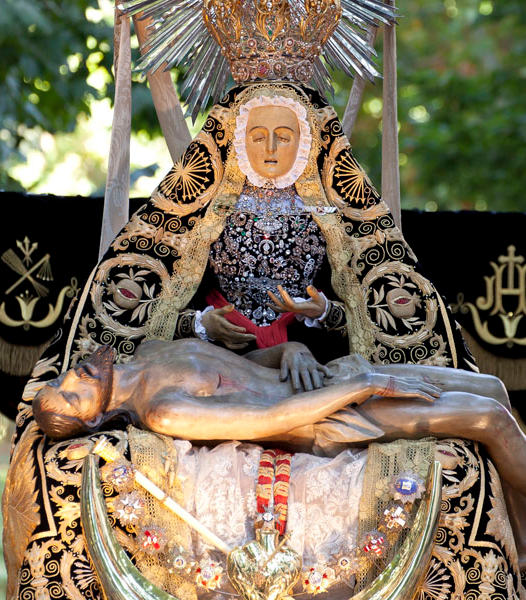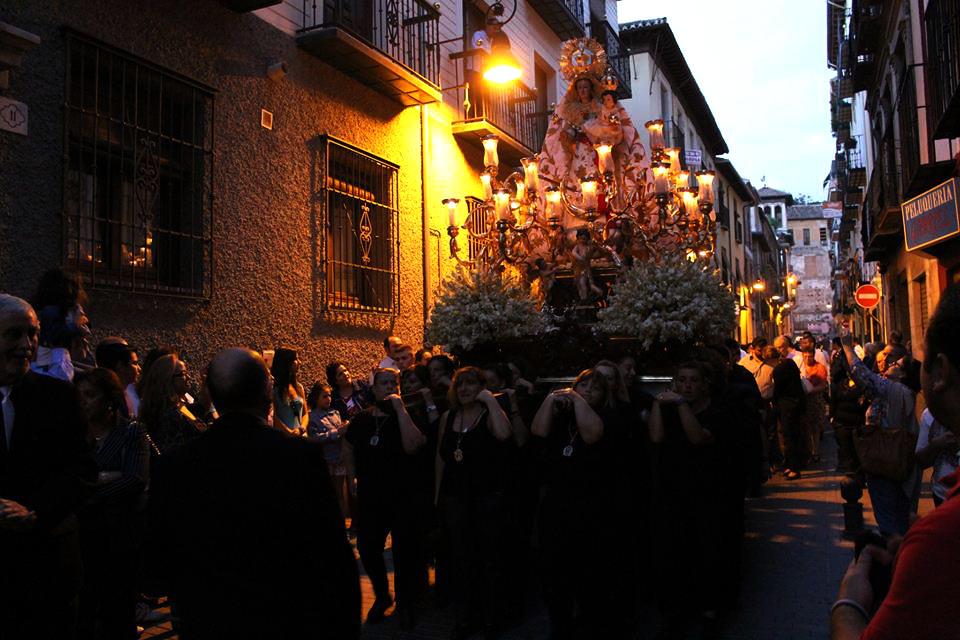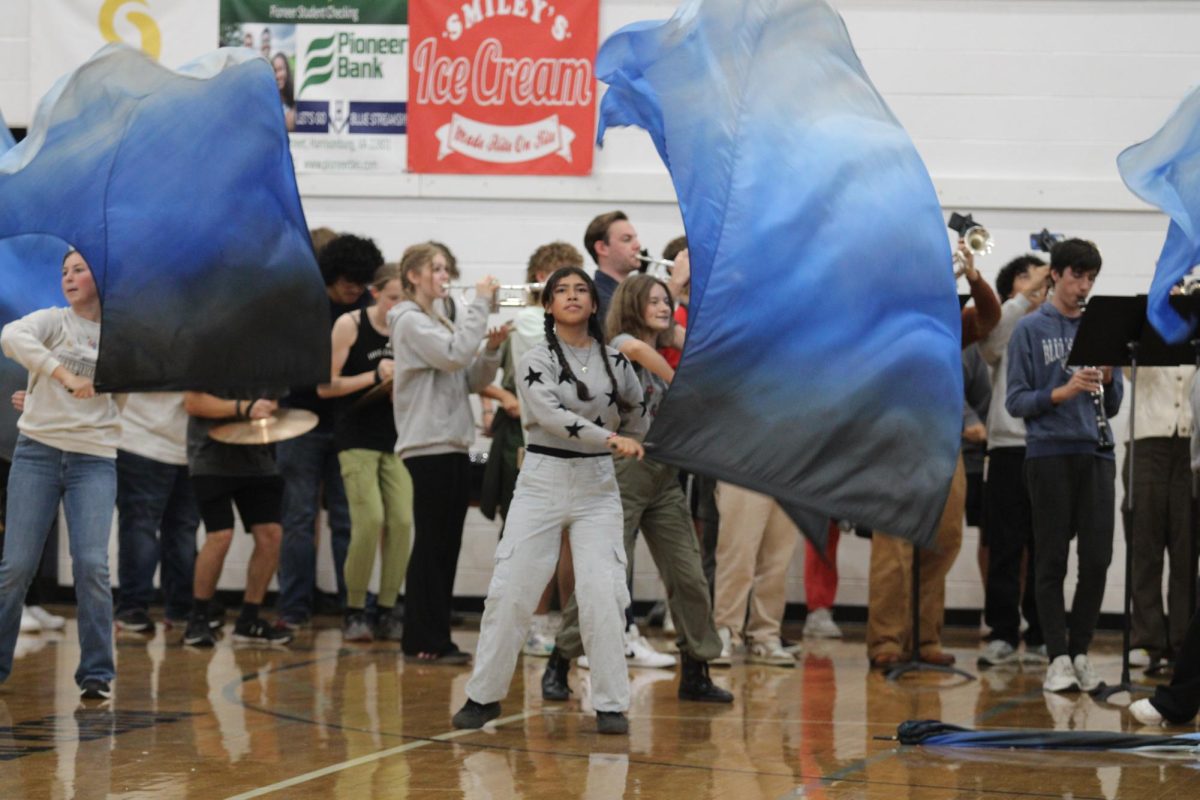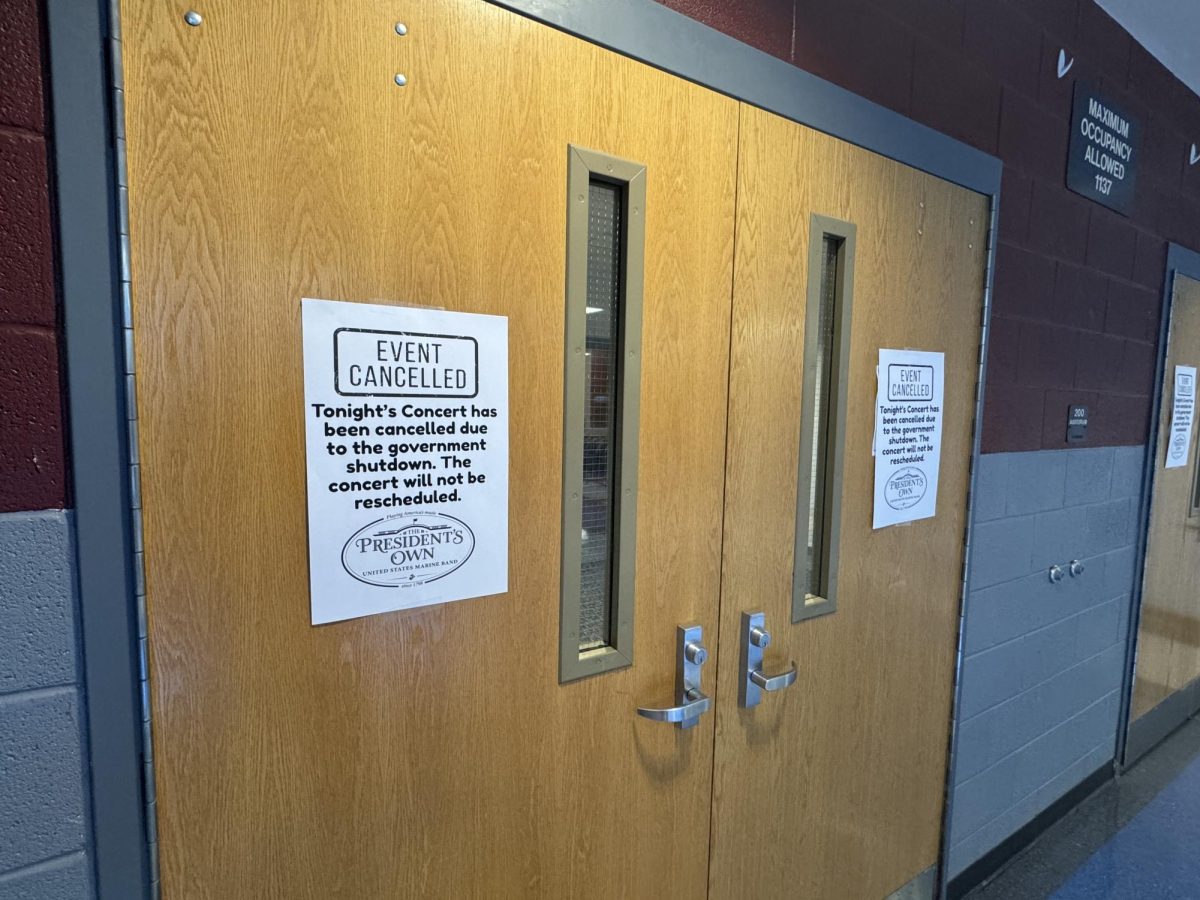Blog: Spain, Religion, and Moody Orchestral Music

La Virgen de Las Angustias
November 14, 2013
The United States is one of the more religious countries in the developed world — with 65% of our population reporting that religion is important to them. Spain, where I spent the first two months of this school year, falls somewhat farther down the list, at 49.5%.
I have a criticism to file. The poll, conducted by Gallup, is somewhat deficient. It frames religion as some sort of binary — a yes or no response, which religion is definitely not. Example par excellence is Spain – which, though with a higher proportion of secularism than the United States, has a far more invested religious population. Spain is admittedly binary: Catholic or atheist.
These, however, are some real Catholics. They aren’t the type to sit in mass and discuss some sort of regressionist theology for hours. No. They don’t mess around (although admittedly they’re just as regressionist). Every single weekend I was in Granada, my studies would be randomly disrupted halfway through the evening by the far-away sound of the soundtrack of The Godfather marching down the narrow city streets, and if I followed them I would be lead to squares packed shoulder to shoulder with Spaniards, all shouting “¡Viva la Virgen!” in chorus.
I probably experienced more than my fair share of this religiosity due to my close proximity to the local cathedral, Basilica de Nuestra Señora de las Angustias (Basilica of Our Lady of the Anguishes), and also to some random timing which resulted in my presence in the neighborhood during the centennial anniversary of the Basilica’s coronation. This meant that literally every weekend held another festival procession, although admittedly they didn’t seem particularly festive; the marchers held their faces tight and stolid as they lifted the statue of the Virgin onto their shoulders, one Godfather band behind and one in front. The processions were typically lead by just as stolid men and women holding candles, and the occasional strangely robed man swinging incense back and forth, clouding the street with the smell of popes, repentance, and dead deities.
I’m not entirely sure what I thought of all this from an ideological standpoint, but from a purely superficial one I found that Spain’s sense of religion was much more interesting than that which we typically find in the United States. It reminded me, as much as something could, to religiosity in Mexico (where I lived when I was two years old), and this seemed an interesting cultural similarity between the conquistas and the conquered. Religion, mostly, is foreign to me, and particularly the severe religion of the third world and apparently of old southern Europe. Here, it seemed that, ignoring the actual implications of the religion, at least people cared.
The EMU students with which I made my voyage to Spain were similarly perplexed.
“I don’t even understand,” Melinda Norris said.
Others were more solidly positive about the phenomenon.
“I think it’s really interesting that they care in such a different way,” Phil Yoder said.
In the end, I think it represents a difference in investment – in Spain, the religious were long associated with the fascist regime of Franco (and in fact each year on the anniversary of his death the church blesses his work), and so those who accept this association are those who are very serious about their beliefs.
“Many people participate in the processions. They do not know much about how the Virgin appeared here or why our Virgin is important, but they know that this is their culture,” local Juan Estevez said.

















